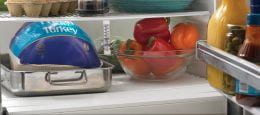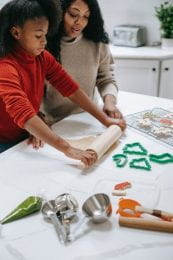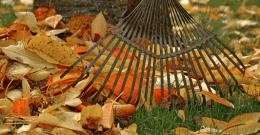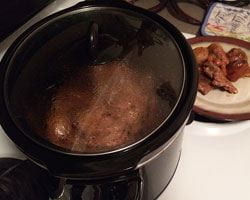There’s a lot going on when it comes to planning, cooking, and clean ing up after a holiday meal. Keep in mind the following four steps to food safety during the upcoming holidays.
ing up after a holiday meal. Keep in mind the following four steps to food safety during the upcoming holidays.
Clean: Wash hands with soap and warm water for 20 seconds before and after handling food. Use paper towels or clean cloths to wipe up kitchen surfaces or spills. Wash cutting boards, dishes, utensils, and counter tops with hot, soapy water after preparing each food item and before you go on to the next item. A solution of 1 tablespoon of unscented, liquid chlorine bleach in 1 gallon of water may be used to sanitize washed surfaces and utensils.
Separate: Always use a clean cutting board. Use one cutting board for fresh produce and a separate one for raw meat, poultry, and seafood.
Cook: Use a food thermometer to check the internal temperature of meat, poultry, casseroles, and other food.
Chill: Refrigerate leftovers promptly in shallow small containers, within 2 hours at room temperature.
For more information about safe food handling, view our At-Home Safe Food Handling: It’s in Your Hands publication
By: Ashley Svaty

 One of my favorite parts of fall are the colorful mums that show up in greenhouses and garden centers. They bring a colorful pizzazz to the fall season. We often get asked if these plants will survive the winter. This short YouTube video will answer those questions.
One of my favorite parts of fall are the colorful mums that show up in greenhouses and garden centers. They bring a colorful pizzazz to the fall season. We often get asked if these plants will survive the winter. This short YouTube video will answer those questions.
 Then make a plan. It’s okay to start by thinking or dreaming big, then, get real.
Then make a plan. It’s okay to start by thinking or dreaming big, then, get real.
 e using your slow cooker, wash your hands, utensils, surfaces, and slow cooker.
e using your slow cooker, wash your hands, utensils, surfaces, and slow cooker.